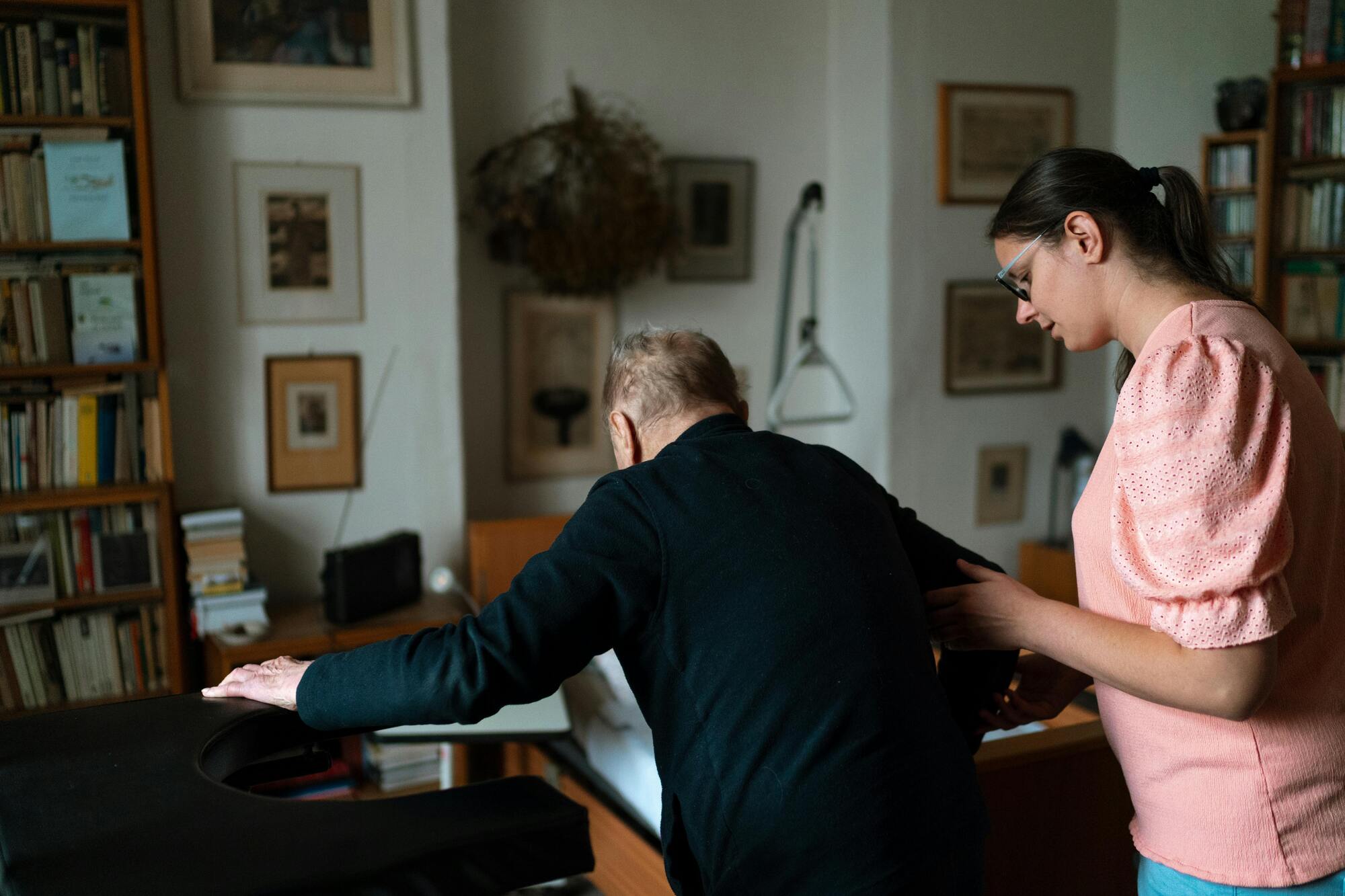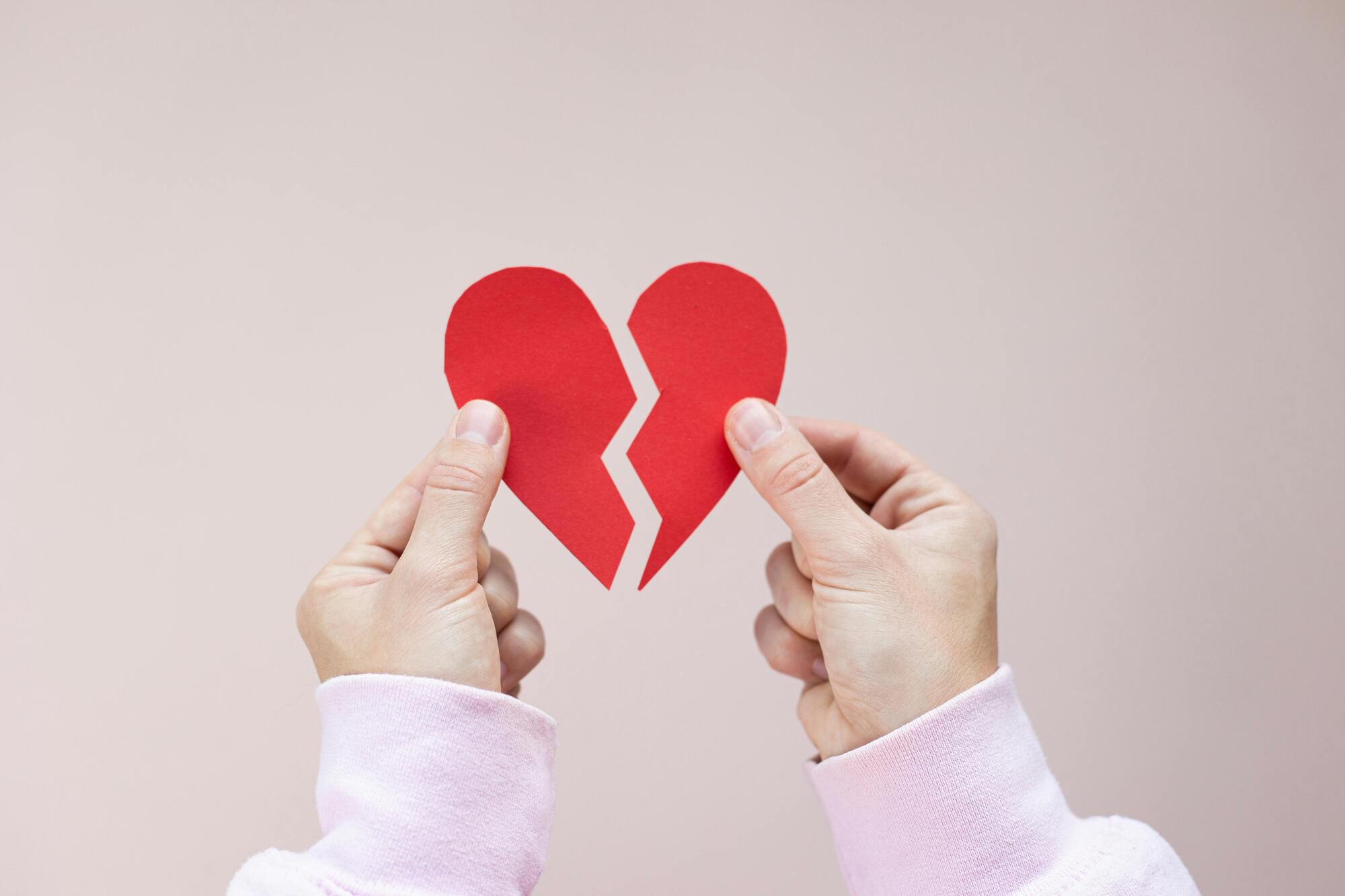
Rainbow families: Between Diversity and Challenges
In recent decades, the image of the classic family has changed significantly. In addition to the traditional family models consisting of mother, father, and child(ren), other forms of family constellations are increasingly gaining importance. One of these forms is rainbow families. According to the Federal Statistical Office, there were about 19,000 same-sex partnerships with children in Germany in 2021. This number has continued to rise in recent years, indicating that this group is an integral part of our society. But what exactly does this term mean, how do they differ from other family models, and what hurdles and challenges do rainbow families have to overcome daily?
What are rainbow families?
Rainbow families are families in which at least one parent is lesbian, gay, bisexual, transgender, or queer. That sounds quite simple at first, but the reality behind it is often complex and colorful – just like a rainbow.
The constellations of families are very diverse. For example, there are children with same-sex parents, children from biological relationships, or adoptees. Some rainbow families consist of single parents who belong to the LGBTQ+ community, others from blended constellations where children from previous heterosexual relationships become part of a new, queer family. What is crucial is that children in these families, regardless of whether they come from previous heterosexual relationships and whether they live permanently in the household, are part of the family unit.
Comparison to Traditional Families
At their core, rainbow families differ from traditional families in the sexual orientation or gender identity of the parents. However, apart from the fact that the parents are same-sex or queer, rainbow families exhibit similar structures and challenges as any other family. They face the same daily tasks and duties, from child-rearing to household management. However, there are some specific difficulties that rainbow families encounter. These include legal hurdles such as the recognition of both parents, especially when only one is biologically related to the child.
The Path to Recognition and Acceptance
Homosexuality and the desire to have children were long considered incompatible. However, the ongoing public discussion and the growing presence of LGBTQ+ topics in the media, along with legal developments, have led to increased societal acceptance. The marriage equality law introduced in Germany in 2017 was a significant milestone on the path to equality. This development has not only brought legal advantages but also helped reduce prejudices and raise public awareness. As a result, same-sex couples have become increasingly recognized, and advances in reproductive medicine make it possible for non-heterosexual individuals to fulfill their desire for children.
However, some hurdles remain. The legal path and societal acceptance continue to push affected families to their emotional and financial limits. Individual situations in daily life are influenced and challenged by the social environment of this modern family structure. Examples include phrases like "Why do you have two dads/moms?" or even odd looks during pickup or drop-off at daycare.
The Desire to Have Children in Rainbow Families
The realization of the desire to have children is often a complex and lengthy process for same-sex couples, as they rely on the support of third parties, such as sperm donors, surrogate mothers, or relinquishing parents. These procedures are not only expensive but also legally and emotionally demanding. Consequently, such decisions require careful consideration of the various options and their success prospects. Studies show that many lesbian women and gay men wish to have children, even though their proportion is lower compared to heterosexual individuals. In Germany, the proportion of homosexual men and women wanting children varies between 23 and 43 percent, depending on the study. The desire for children is particularly strong among 25 to 29-year-olds.
There are significant differences between the ways lesbian women and gay men envision fulfilling their desire to have children. The majority of women prefer biological parenthood through artificial insemination, either with donor sperm from a sperm bank or through private donors. Men, however, naturally do not have this option, which is why adoption or surrogacy is the focus here. The latter is prohibited in Germany and in 15 out of 28 EU member states, which significantly restricts the process and possibilities.
Diversity and its associated potential
Rainbow families are an integral and valuable part of the modern family landscape. They demonstrate that sexual orientation and the desire for children are harmoniously compatible. They offer a diverse and enriching picture of various life models and parental communities that are just as loving and responsible as any other family constellation.
Despite the challenges that rainbow families still face, they are a symbol of increasing societal acceptance and the pursuit of equality. The diversity of rainbow families impressively demonstrates that love, care, and responsibility can exist and thrive regardless of the parents' sexual orientation. Through continuous education, legal equality, and social recognition, we can create an environment where all families, regardless of their composition, have the same opportunities and possibilities to live happily and healthily.
Author: Lara Huth
Sources:
Bergold, P., Buschner, A., Mayer-Lewis, B., & Mühling, T. (Eds.). (2017). Families with Multiple Parenthood: Contexts of Origin, Challenges and Potentials. Verlag Barbara Budrich.
Carapacchio, I. (2008). Children in Rainbow Families: A Study on Discrimination Against Children of Homosexuals and a Comparison of Rainbow Families with Heterosexual Families [Dissertation, Ludwig Maximilian University of Munich]. Ludwig Maximilian University of Munich.
Kläser, T. A. (2010). Rainbow Families - Opportunities for Lesbians and Gays in Raising Children. University of Heidelberg.
Sagert, C. (2020). Fatherhood in Rainbow Families: A Case Study on Family Structure and Parenting Practices of Homosexual Men. University of Münster.


